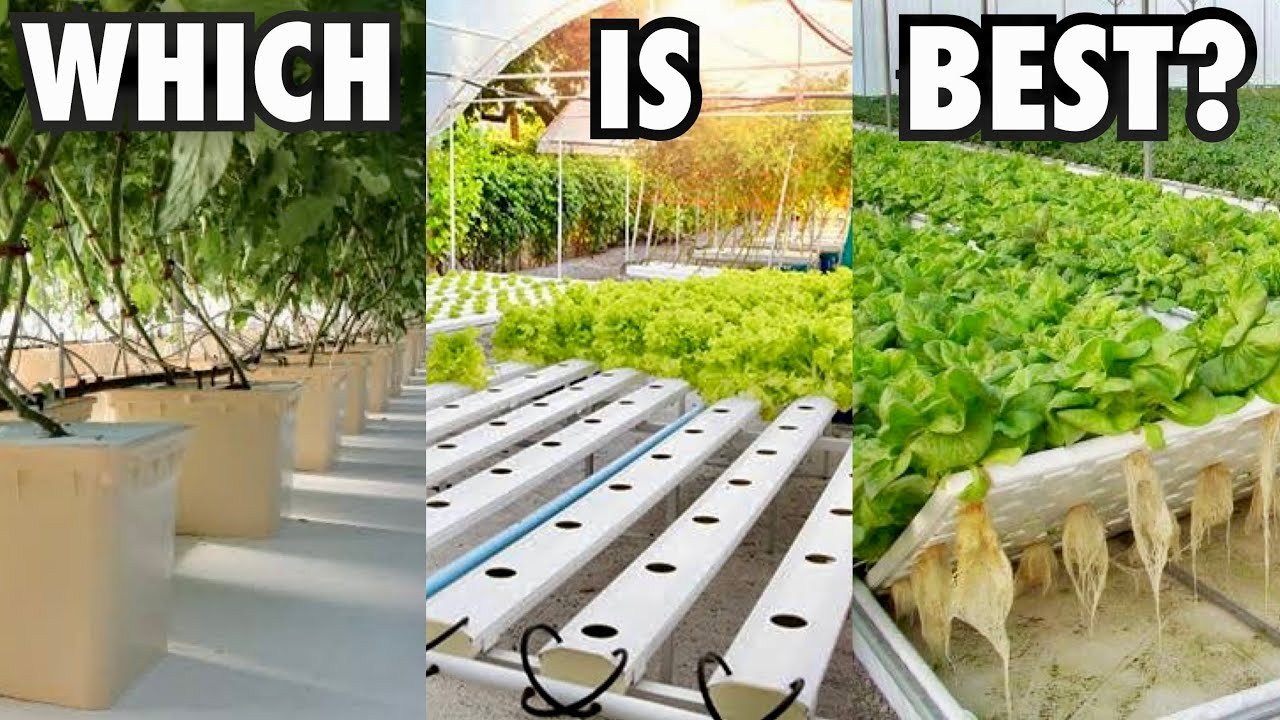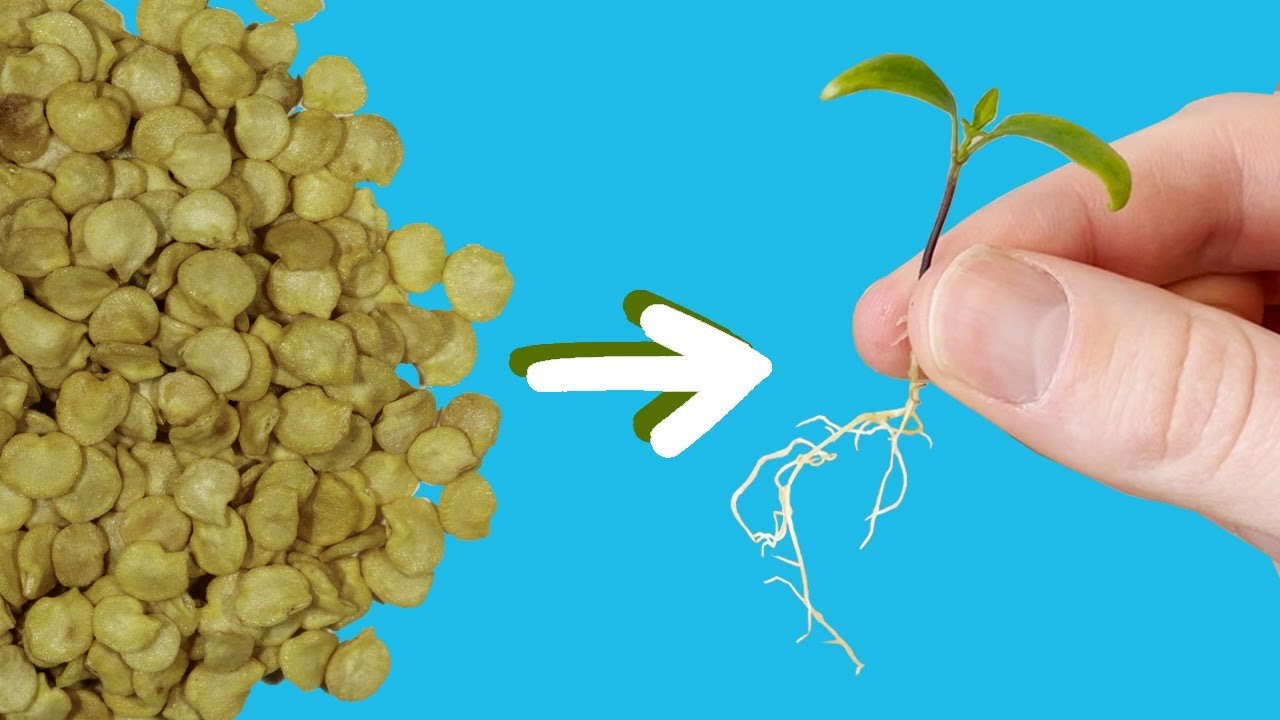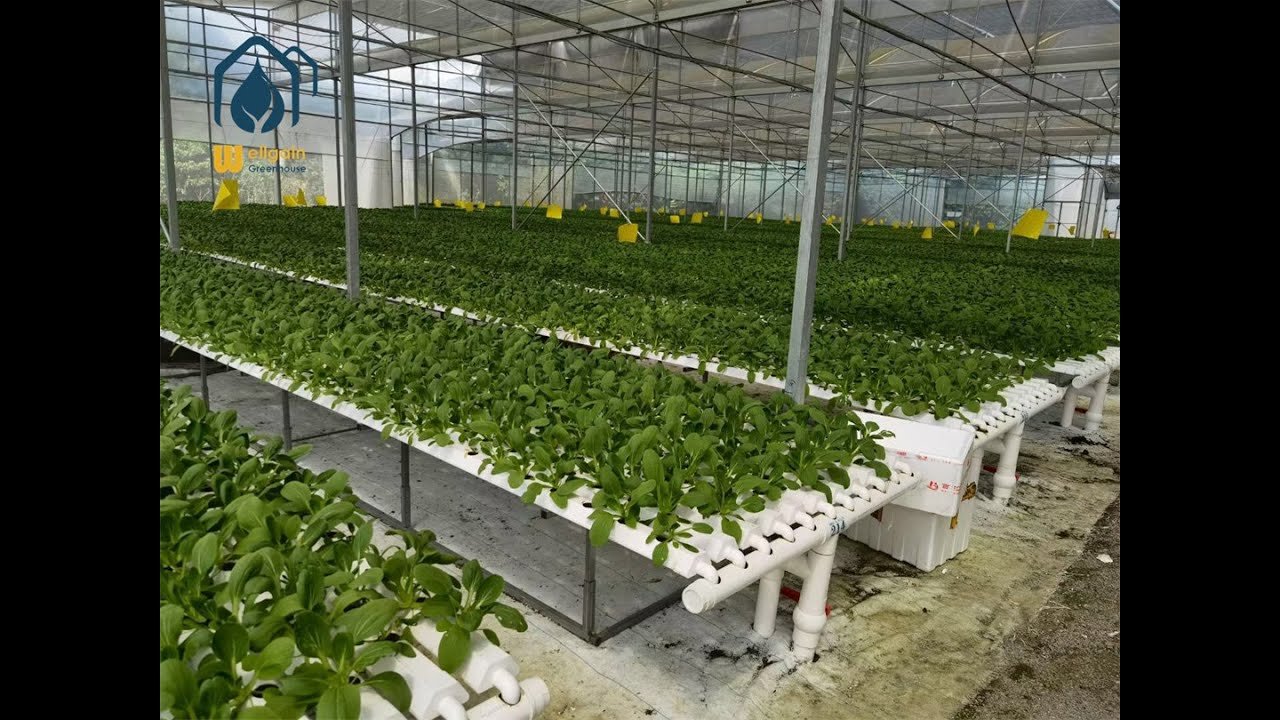Hydroponics in the Backyard: A Journey through Nutrients and Mishaps
Ah, small-town living. There’s something about the wide-open skies and the slow pace that makes a person think they can conquer the world from their backyard. I found myself diving into that spirit when I decided to try my hand at hydroponics a couple of years back. Yep, I fancied myself a green-thumbed farmer. On top of that, I thought, “Why not grow some weed?” Turned out to be a wild ride filled with unexpected lessons, failed experiments, and more than a few falling-out moments.
The Inspiration Strikes
So there I was, sipping my morning coffee, scrolling through YouTube videos like I was preparing for college finals. I saw all these folks showing off their lush, green hydroponic setups. I was hooked. After a rough week of work—too many late nights dealing with cranky customers—I needed a new challenge. Suddenly, channeling my inner Walter White seemed like the right thing to do. Hydrophonics? I could do that, right? What could go wrong?
First off, I needed to figure out the nutrient situation. For someone who once thought the most “nutritious” thing to grow in my backyard was a patch of tomatoes, figuring out the right mix for weed felt like rocket science. Luckily, the internet is a treasure trove of information, though it sometimes leads you down bizarre rabbit holes. I read about macronutrients like nitrogen, phosphorus, and potassium. The same stuff they put in fancy fertilizers, and I’d have to be a mixing aficionado, right there in my shed.
The Great Setup
I decided to repurpose an old water heater tank I’d found in the garage. To be honest, nothing ever really worked quite like I thought it would. I thought I’d nailed it—only to discover that my DIY knowledge was lacking when the whole thing started leaking like a sieve. I ended up soaking the wooden floor of my shed. Don’t ask how many times I had to mop that up; my dog, Rusty, was not pleased with the new aquaponic vibes.
After finally sealing it up, I felt chuffed. There I stood like a proud parent, imagining my weed thriving in a nutrient pool like some miniature Black Lagoon. My biggest mistake, as it turned out, was assuming I could just throw in some fish and think, “Hey, nature will take care of itself.” I plopped in a couple of goldfish, convinced they’d do the trick. I figured they’d contribute to my nitrogen levels somehow. Newsflash: They did not.
A Murky Wrong Turn
A week in, I looked at my water and, instead of that crystal-clear state of bliss, got smacked in the face with a swamp-like smell that turned my stomach. It was then I remembered that old saying I had ignored: “You can’t just throw fish in a tub and call it a day.” My goldfish were staring at me as if they knew all about my grand plans, personally insulted that I’d turned their new home into an algae-fest.
At this point, I had to assess my process. I dove into research once again, trying to wrap my head around why my beautiful idea had turned into a disaster. It seemed I had missed the concept of balanced nutrient pH levels. You see, in the world of hydroponics, too much of a good thing can be bad—like my uncontrolled enthusiasm for feeding those little swimmers. Spoiler: Turns out they don’t like high-nutrient environments.
The Turnaround
After a couple of rounds of dead fish, I switched to a less delicate breed: tilapia. I chucked the dead goldfish in the compost heap and figured at least they’d nourish my future garden, even if they died in vain. Tilapia were supposed to be more resilient; I learned that they practically thrive on the nutrients sent their way. If they could keep swimming through my mistakes, I could keep trying.
Next, I got my hands on some hydroponic nutrient solutions, which felt more scientific than I ever imagined. I started measuring everything: pH levels, nutrient ratios, and lighting schedules. It was like prepping for a science fair—only my parents weren’t there to cheer me on. The light was a big thing I overlooked, which turned out to be unbelievably vital for growing weed. They need the perfect spectrum to flourish, and what I had was effectively a glorified nightlight.
Progress came slowly. I learned that patience is key in gardening—especially hydroponics. To see little roots shoot out from my rockwool cubes, then grow into something that resembled plants, was an emotional rollercoaster. Yes, I had days where I wanted to throw in the towel when things looked grim, but then I’d catch myself admiring those tiny green leaves sticking up like little miracles.
A Warm Takeaway
Fast forward to summer, and the air was thick with the smell of success mingled with a little fish tank funk, and I have to say, the weed turned out pretty good. I never expected to be in a position where I could pull off hydroponics in my backyard after all those bumps in the road. It’s a learning game rather than a perfect science, and that’s something I wish I’d known before starting.
To anyone considering stepping into this wild world of growing hydroponic weed, don’t worry about getting it right the first time. Just start. You’ll adjust, you’ll figure it out as you go, and more often than not, you’ll come out with something far better than you anticipated.
If you’ve got that spark of curiosity, why not join the next session? You never know what you might learn (or how much laughter you can share over your own epic fails). Take a step into building your little green oasis, and I promise you’ll grow more than just plants. 🌱
Join the next session and uncover the joys of hydroponics in your own backyard!







Leave a Reply